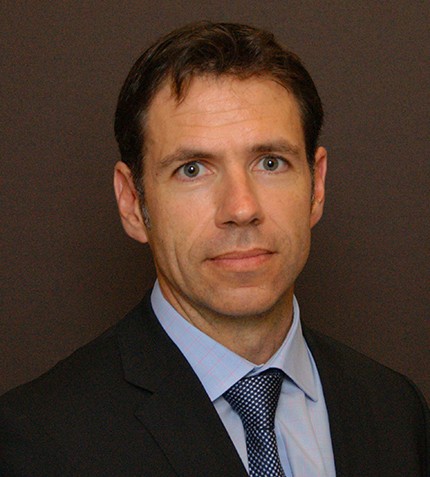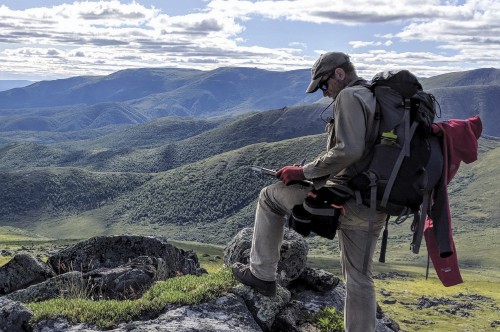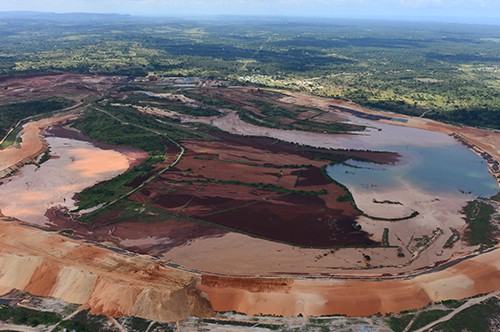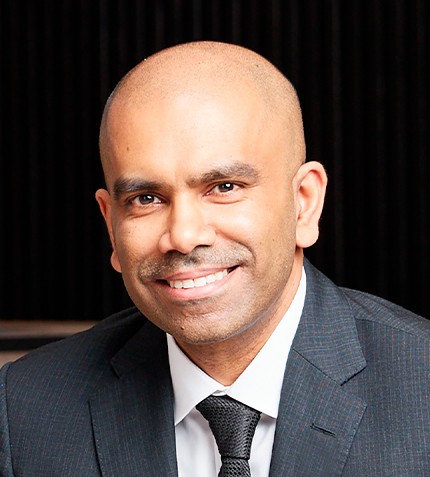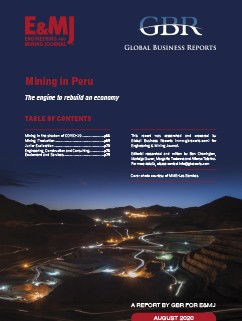
PUBLICATION
Peru Mining 2020 E&MJ Release
In 2019, investment into Peru’s mining industry to the tune of US$6.15 billion, an increase of over 21% from 2018 and the highest mark since 2015, had created a climate of cautious optimism moving into 2020, despite the sector wrestling with cumbersome bureaucracy. However, the COVID-19 wrecking ball and ensuing lockdown sent the sector into disarray, as the unprecedented pandemic reduced operations to a bare minimum, taking months to return to full capacity.
While the challenge of how to respond to the crisis is a global one, investment dollars will migrate to jurisdictions perceived to be more stable. Peruvian president Martín Vizcarra was able to act quickly due to Peru’s fiscal strength, with the Andean country having accumulated savings in the past decade equal to about 15% of GDP, or US$34.4 billion (figures from Bloomberg). However, for Peru to bounce back quickly, creating a more favorable climate for mining investment must now be paramount, as social tensions and lengthy permitting times have derailed the country’s competitiveness and threatened its robust project pipeline.





